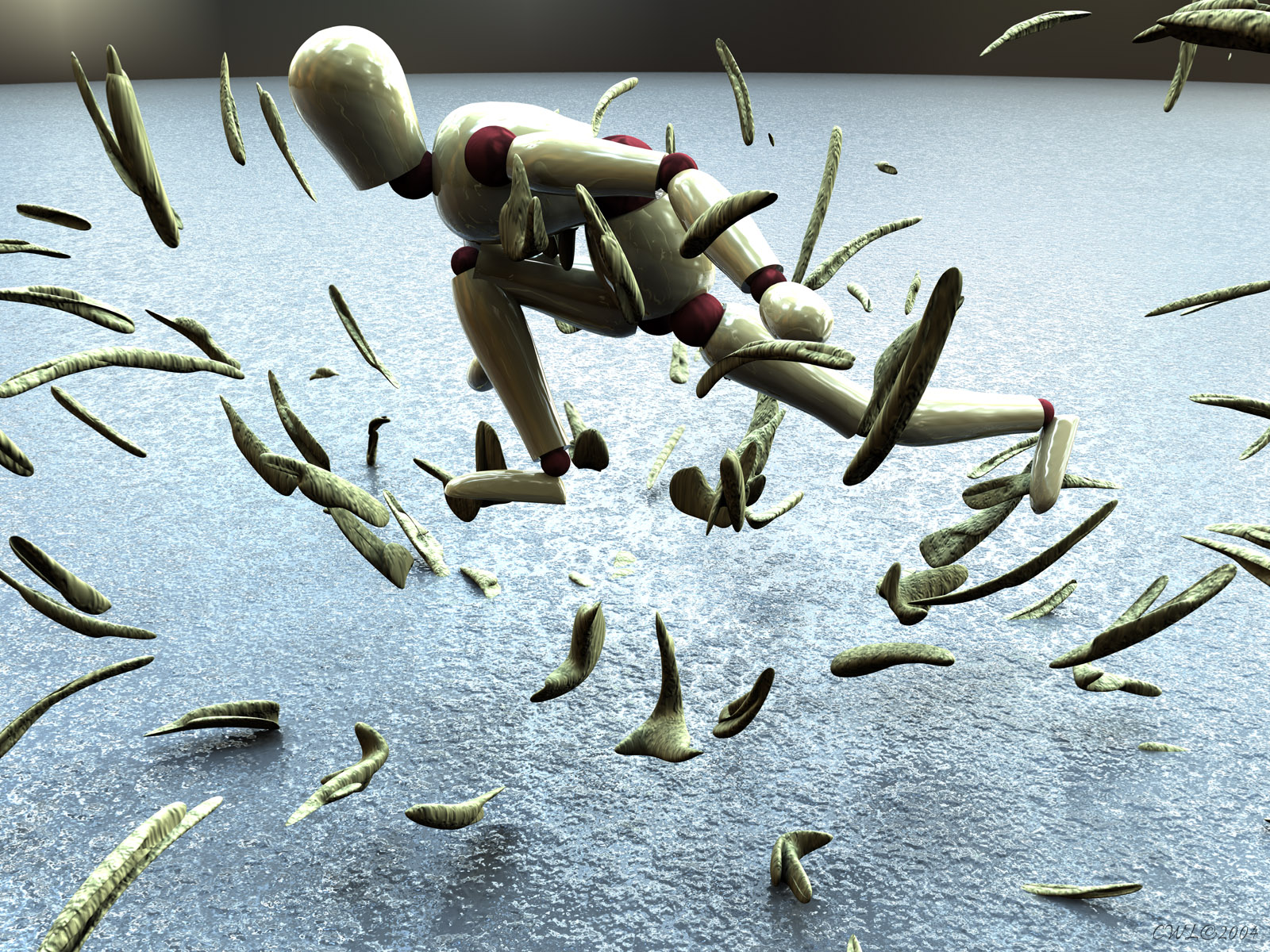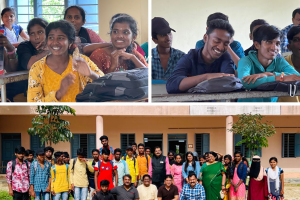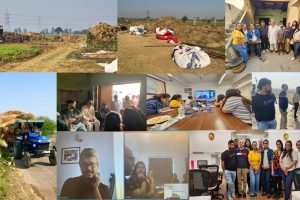Charles Ma, a Bharatanatyam dancer and teacher, describes his struggle to break into a traditional art form with an unconventional profile.
Dance, in my view, is like a mirror. What you release on stage is a manifestation of your collective experiences and emotions. It allows the audience to see right through to you.
My own performances tend to be high on emotion and passion, a reflection of my own journey and struggle for identity and acceptance as a dancer.
Trying to make it as a Bharatanatyam dancer is not easy even for someone who fits the mould – female, Indian origin, large eyes. It was infinitely more difficult for me given my unconventional background – at least as far as Indian classical dance is concerned. For starters, I am not a woman. My eyes cannot be described as large. I can trace my family lineage back to Nepali and Chinese roots. My Nepali grandmother was a practicing Hindu but other members of the family are staunchly devout Christians.
And yet, having grown up in Bangalore with many Tamilian and Kannadiga friends, I felt very South Indian at my core. The multicultural heritage and upbringing, although enriching in many ways, led to an identity crisis that really came to the fore when I was in college. I needed an outlet then, a way to channel my seemingly inexhaustible reserve of physical energy and I flung myself into many pursuits, including karate, football and swimming. However, when I discovered choreography as part of a semi-classical dance troupe, I knew I had found something I truly loved. I was particularly drawn to Bharatanatyam, a beautiful dance tradition from Tamil Nadu.
There were plenty of taunts to be endured along the way. It was easy for society to brand me as the crazy one, the misfit. My family was more accepting of my aspirations but, even with them, it was one foot forward and two back on a regular basis. “Why do you want to do this?” they would ask me. Sometimes they would attempt to entice me with a picture of a ‘normal’ life with a 9-to-5 job. Predictable hours, a regular paycheck, the security of knowing where my next meal was coming from.
Bharatanatyam originated more than 2000 years ago in the temples of Tamil Nadu and was originally performed by Devadasis (a group of women dedicated to deity worship and service) within temple precincts. A certain amount of social stigma was attached to both the dance and its performers in the early days.
Fast forward to today and Bharatanatyam has evolved in both form and outlook. And yet the typical exponent is still a doe eyed and long haired woman, preferably of South Indian descent. This has a lot to do with ingrained ideas about cultural fit and masculinity in Indian society. The idea of a male classical dancer has yet to gain currency in this female dominated field.
However, perseverance can pay off. I kept at it, training under a guru, Smt. Poornima Ashok, to whom I credit my growth as a dancer. It was a bumpy ride with many stops and starts that involved other teachers also but I never felt completely centered unless I was able to immerse myself in this art form.
In 2007, I participated in a dance competition in Chennai and won it. The judges cited ‘passion’ as the number one factor in picking me over other immensely talented contestants.
In a sense, this win, along with my ability to communicate and talk openly about my experience, helped change the narrative on my struggle. Soon I became the maverick artist, the non-conformist who was determined to follow his own path in the face of prejudice and intolerance. My story was heralded as a victory for brave and passionate souls everywhere.
And yet, all I was trying to do was follow my heart. At one level, I am proud of what I can contribute to the art form as a result of my personal experiences. I am a divergent thinker and I try to incorporate elements of Pilates and Yoga into my dances. I use innovative angles but within a traditional framework. With my own students now, I am constantly working and reworking my pedagogy. I believe that my personal journey has attracted students who have barriers of their own to overcome. For example, I often have women in their 40s – married, with children – come to me to help them learn what they have always wanted to but never had a chance to.
In a connected world, global ideas of diversity and tolerance are seeping into our own culture. The younger generation is clearly progressive in its outlook while many members of the older generation are working on recalibrating their own views. It is encouraging to see these shifts in a complicated and layered societal mindset. We have to give it time but there will soon be a day when a male dancer of Nepali-Chinese origin will be a mainstream member of the community, not an oddity.
Charles Ma is a Bangalore-based classical dance soloist and teacher.




